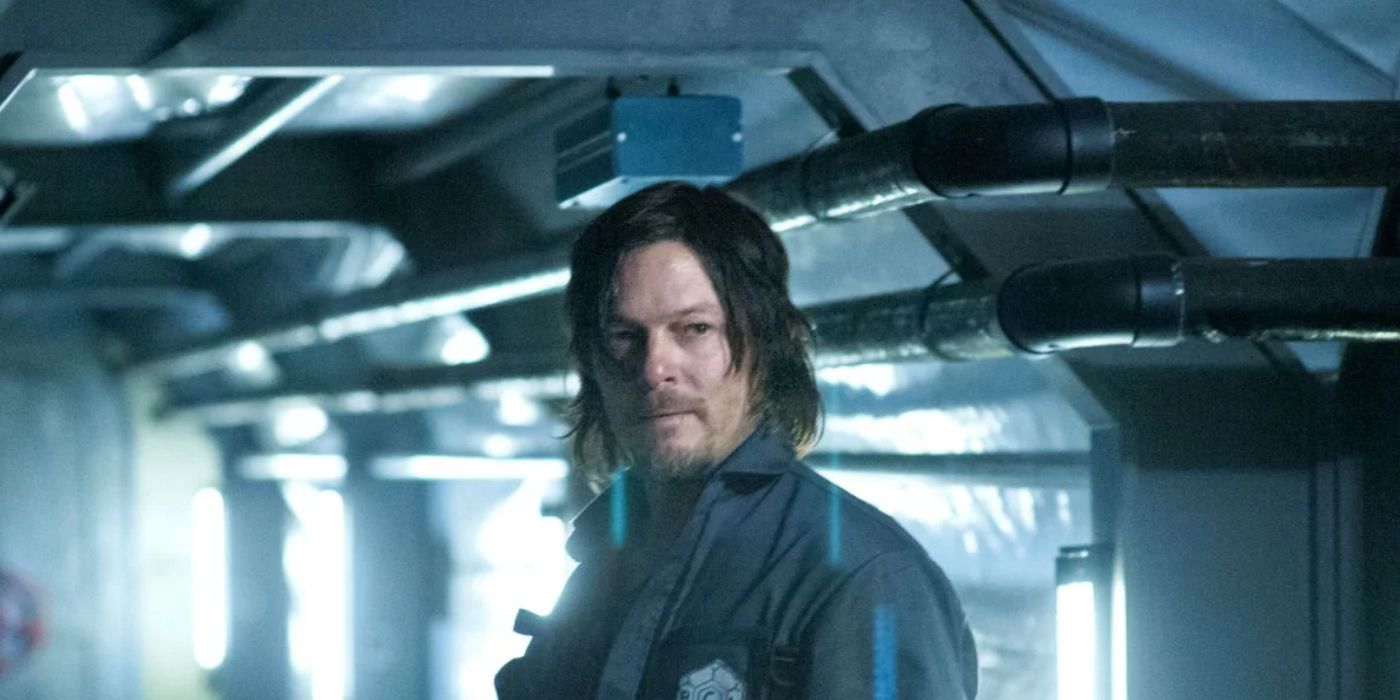Cinematographer Earle Dresner wasn’t always supposed to work on the AMC+ series Anne Rice’s Interview With the Vampire. However, when the show’s longtime director of photography, Stuart Howell, was diagnosed with bladder cancer, Dresner was called into action to help Howell on the show’s sixth episode of Season 2 before taking over the reins himself for Episode 7.
“I got a phone call about a week out from shooting beginning, saying that Stuart had received an unfortunate diagnosis and would have to leave the show,” Dresner tells Gold Derby during our Meet the Experts: TV Cinematographers panel. “So I jumped on a plane almost immediately and went over there, and I spent about a week with Stuart in Prague, kind of doing a very, very brief and quick prep.”
Dresner had worked multiple times with the episode’s director, , and hit the ground running as Howell was forced to take leave from the show. The acclaimed cinematographer died last year, and his final credit on Anne Rice’s Interview With the Vampire is alongside Dresner on the Season 2 episode, “Like the Light by Which God Made the World Before He Had Made Light.”
“I only got to spend a week with him, but obviously all the prep that he had done was invaluable, and I would hope that I saw it through to his vision of the show and did half the episode as close to as he would have wanted,” Dresner says.
Based on the titular author’s acclaimed Gothic novel series The Vampire Chronicles, Anne Rice’s Interview With a Vampire stars Jacob Anderson as Louis de Pointe du Lac and Sam Reid as Lestat de Lioncourt, and ping-pongs between eras — including 1940s France — as Louis recalls his life story to an author and journalist named Daniel Molloy (Eric Bogosian). The show has won devotion from its fans because of care and respect for the source material and its embrace of queer themes.
“The show has a reasonably classic style to it. It's quite stylish and somewhat stylized, but we wanted to make sure that, especially for the scenes in Paris in the '40s, that we brought a little bit of grit or a little bit of realism to it or felt a little bit of the dirtiness of the era,” Dresner explains of his approach in Season 2. “So we used some things like film grain emulation for that time. We moved the camera slightly differently in modern times and in the past, if you will. But the show has so much scope, being obviously about vampires and having a supernatural element. But, still, playing into some real historical things that happened at that time meant that we could do whatever we wanted.”
That’s apparent in one striking sequence, when Louis turns Madeleine (), a French dressmaker, into a familiar for Claudia (Delainey Hayles).
“It’s a really beautiful sequence, probably my favorite sequence in the episode,” Dresner says.
As Madeleine turns into a vampire, the audience sees images in her mind of past events in her history. “I really love that because there’s a lot about her childhood and what’s happened to her family and the pain and suffering and death she’s experienced,” Dresner says. In one surprising scene, it’s revealed that Madeleine had sex with a German soldier during the war and was vilified for her choice by her fellow townspeople.
“Stuart and I, for those sequences which we both shot parts of, switched things up quite a lot, switched anamorphic lenses, really tried to create a vintage style, an older style,” Dresner says. “But also more of a dreamlike style, so we were seeing into these visions. We started using things like smoke filters and an amazing confetti filter, which sort of streaks lights in kind of rainbow patterns, and that was probably the sequence that we really diverged a lot from the general style of the show.”
Episodes of Anne Rice’s Interview With the Vampire are streaming on AMC+.
This article and video are presented by AMC Networks.












